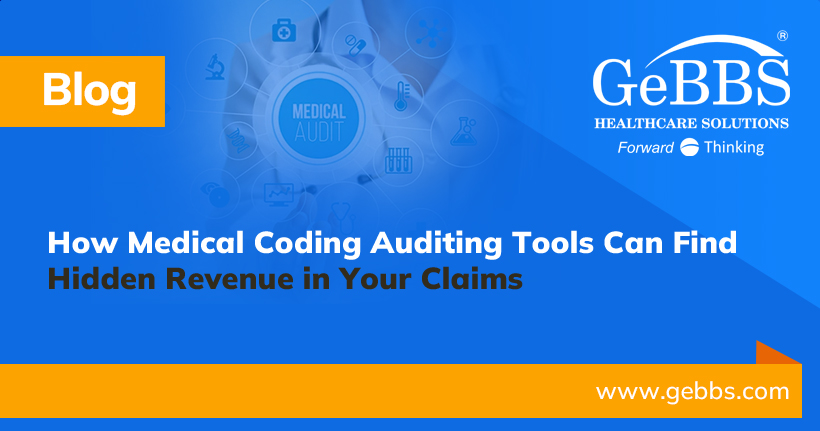Earlier this month, CMS announced changes to future payments for Medicare Advantage plans that will take effect in 2020. While a pay raise is part of the plan, what’s causing a stir is that payment will now be based on a higher percentage of patient encounter data (up to 25% from 10%). Many (especially payers) have argued that encounter data is often incomplete and inaccurate when compared to diagnoses, since encounter data relies on provider documentation.
While many payers fought against the use of encounter data to calculate payments, the decision has been made – and therefore the importance of both clinical documentation and medical coding for Medicare Advantage plan patients is more important than ever.
The accuracy of both clinical documentation and medical coding has long been a concern for both healthcare organizations and payers alike. After all, there are numerous potential points of failure throughout the process – starting with the documentation of a patient’s chief complaint or diagnosis prior to an encounter, to the actual documentation associated with any visit, procedure or encounter – all the way through to the coding process. Fortunately, advances in technology have allowed for checks and balances through the use of unique technology to ensure medical coding reflects the actual care delivered, which results in an accurate payment/reimbursement.
The Complexities of Medical Coding
Much like healthcare itself, medical coding has been a complex business since its inception. There are so many considerations in this industry, which is constantly changing. Here are some common concerns to contend with when evaluating an organization’s coding operation.
Are your coders staying current with the latest code sets? Codes are changing regularly, which requires ongoing education and attention to the latest code sets. Busy healthcare organizations often don’t have the time or resources to send everyone to training, which can result in errors that can lead to delays in payment.
Are your teams coding at the right level? Coding is an exact science – you always want your coding team to code to the exact level of services provided. Under-coding can cause denials or could leave revenue that your teams have rightly earned on the table. Over-coding can cause a whole barrage of regulatory issues and potential fines. Ensuring your coding team understands medical terminology and can abstract the correct information from the record are the keys to coding accurately.
Do they know what to do when documentation isn’t sufficient? Unfortunately, the information needed to complete coding isn’t always there – for example, when a provider doesn’t document properly or sufficiently. Your coders should understand when the information in the record isn’t enough to make an accurate coding decision – and should also know how to reach out to the provider to clear up any confusion needed to get the claim out the door.
Is your coding speed where you want it to be? Your goal should be to get claims coded and submitted within 24 hours to maintain and/or enhance your revenue cycle. The use of large-scale outsourcing operations for medical coding can help organizations scale their coding teams for optimal speed – without the cost associated with maintaining a fully employed on-site team.
Does your organization have the appropriate checks and balances in place? Let’s face it – everyone makes mistakes. Having processes and technology in place to ensure your coding is at the highest level of accuracy is critical to any health care organization’s continued success. Regular coding audits and the use of intelligent coding workflow software can help ensure accuracy in excess of 95%.
GeBBS Healthcare Solutions offers a comprehensive range of outsourcing services and proprietary tools and technology to help healthcare organizations improve their coding speed and accuracy. With more than 2,000+ coders and operations on-shore and off-shore, the GeBBS team can help you scale your coding team to improve accuracy, efficiency and enhance your revenue cycle performance.






